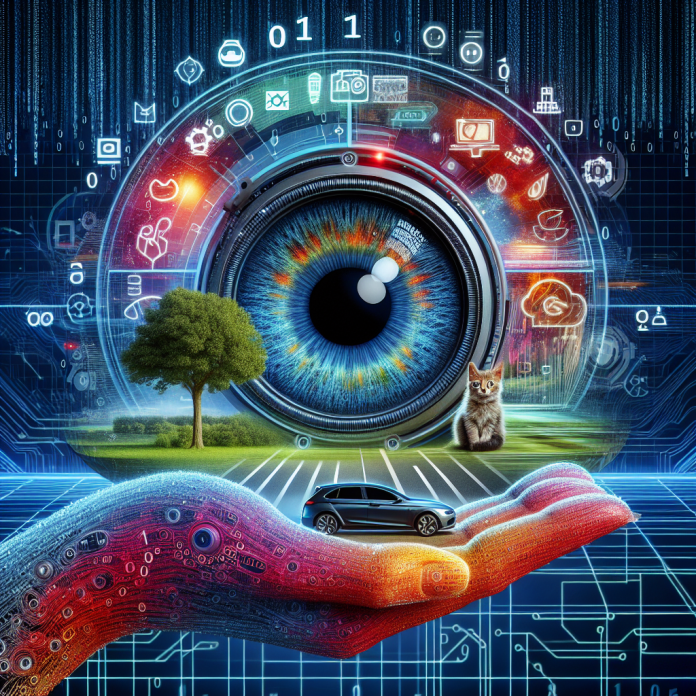The Vision of Computer Vision
Have you ever wondered how machines can “see” and interpret the world around them? Enter the fascinating realm of computer vision, a cutting-edge technology that enables computers to understand, analyze, and process visual information just like humans do.
### Decoding the Mechanics
At its core, computer vision is a multidisciplinary field that combines elements of computer science, artificial intelligence, mathematics, and neuroscience. By leveraging sophisticated algorithms and deep learning techniques, computer vision systems are trained to recognize patterns, objects, and even behaviors in images and videos.
### Evolution of Computer Vision
The roots of computer vision can be traced back to the 1960s when researchers began exploring ways to teach computers to “see” using simple image processing techniques. Over the decades, advances in hardware capabilities, as well as breakthroughs in machine learning and neural networks, have propelled computer vision to new heights.
### Real-Life Applications
Computer vision has made its mark in various industries, revolutionizing processes and enhancing efficiency. For instance, in healthcare, computer vision is used for medical imaging analysis, identifying abnormalities in X-rays and MRIs with remarkable accuracy. In retail, computer vision powers facial recognition technology, enabling personalized shopping experiences and streamlined checkout processes.
### The Potential and Challenges
While the possibilities of computer vision are endless, the field faces its fair share of challenges. One of the key hurdles is ensuring the ethical and responsible use of the technology, particularly in areas like surveillance and privacy. Additionally, the sheer complexity of processing visual data in real-time poses a significant computational challenge for computer vision systems.
### From Pixels to Insights
So, how does computer vision actually work? Imagine feeding a computer an image of a cat. To a human, identifying the cat is a breeze, but for a computer, it’s a complex process. The computer breaks down the image into pixels, analyzes patterns and shapes, and compares them against a database of known cat images. Through iterative learning and training, the computer fine-tunes its algorithms to recognize cats with increasing accuracy.
### Beyond Image Recognition
While image recognition is one of the most well-known applications of computer vision, the technology goes far beyond just identifying objects in photos. Computer vision can also be used for facial recognition, optical character recognition (OCR), gesture recognition, and even sentiment analysis.
### The Future of Computer Vision
As technology continues to advance at a rapid pace, the future of computer vision holds even more exciting possibilities. From autonomous vehicles that navigate complex environments using computer vision to augmented reality experiences that seamlessly blend the digital and physical worlds, the potential for innovation and impact is vast.
### The Human Factor
Despite the incredible capabilities of computer vision, it’s important to remember that the technology is ultimately a tool created by humans. As with any powerful tool, it’s essential to approach its development and deployment with ethical considerations in mind, ensuring that it benefits society as a whole.
### Conclusion
In the grand scheme of things, computer vision represents a remarkable fusion of human ingenuity and technological prowess. By enabling machines to “see” and understand the world around them, computer vision opens up a world of possibilities for innovation, efficiency, and improved decision-making. As we continue to push the boundaries of this transformative technology, it’s crucial to keep in mind the ethical implications and ensure that the vision of computer vision remains focused on creating a better future for all.

